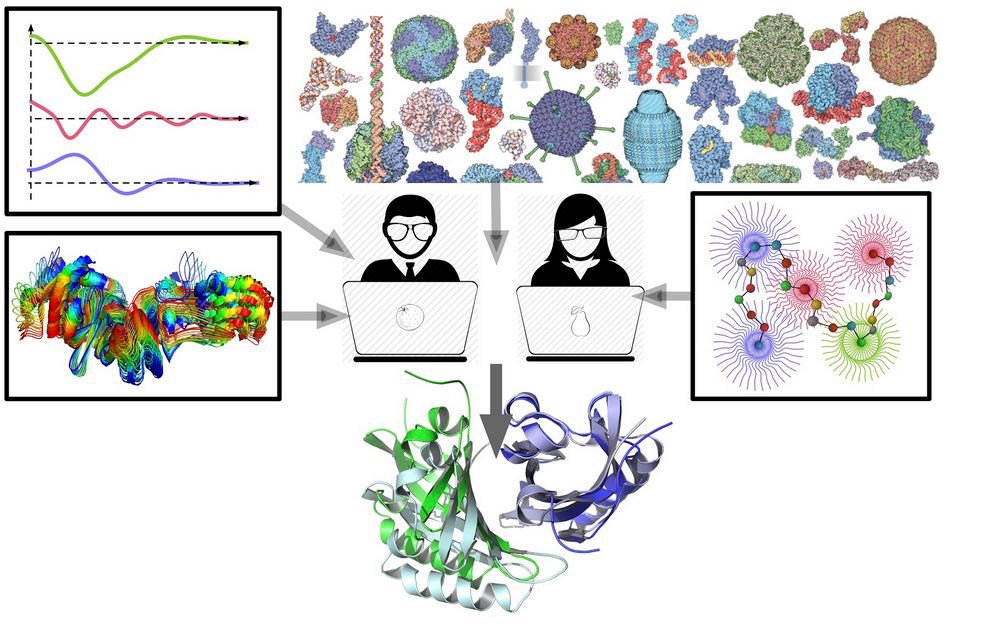Speaker
Description
Multispecific antibodies are artificially engineered molecules designed to bind simultaneously to several different antigens. Potential advantages of generating viable multispecific antibodies include the identification of malignant cells coupled with the concurrent recruitment of immune cells and the blocking of complex viral escape mechanisms. The cross-over dual-variable immunoglobulin (CODV-Ig) has been proposed as a universal bispecific therapeutic format. Its unique antigen-binding fragment (Fab) architecture provides pM affinities for ligands, no positional effect in target binding and a stable self-supporting structure. However, a disparity between in vitro and in vivo effects suggests that the three-dimensional arrangement of the constant and antigen-binding fragments in the CODV-Ig format is not ideal. To further understand the structure and function of multispecific antibodies based on the CODV-Ig format, high-resolution structural information is required. Towards this, we use cryo-electron microscopy (cryo-EM).
We purified CODV-Ig both in an unbound state and in complex and validated sample quality using SDS-PAGE, nanoDSF, mass photometry, Small Angle X-Ray Scattering (SAXS) and negative-stain electron microscopy (NSEM; Tecnai T12 microscope at IBS, Grenoble). NSEM data analyzed using Relion 2.1 and 3.0 resulted in low-resolution structural models and suggested a preferential orientation of CODV-Ig under negative-stain conditions. Close-to-optimal vitrification conditions for CODV-Ig have been identified. Efforts are in progress to reduce the antibody’s propensity to aggregation and aversion to conventional cryo-EM supports and conditions. Nevertheless, data of sufficient quality for image analysis was obtained using a Titan Krios microscope (ESRF, Grenoble) equipped with a Quantum LS energy filter and K2 Summit direct electron detector. Image processing of both CODV-Ig alone and in complex with antigens is ongoing. The lack of a conventional center-of-mass and the very high flexibility and conformational heterogeneity of the particles have made every step of the processing pipeline very challenging and has required the usage of a wide-range of software, including Relion, cryoSPARC, cisTEM and EMAN.

